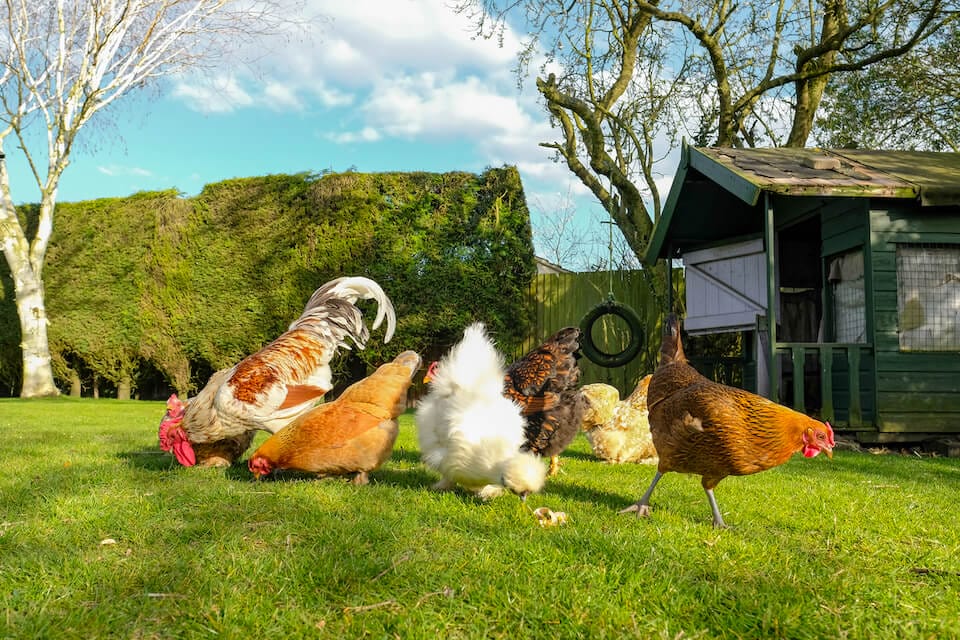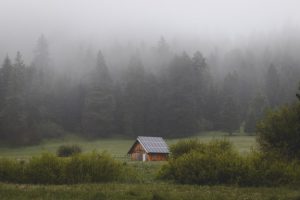
It seems everyone is looking to have a place to call their own! Whether you want to live a more self sustainable life permanently, have a back up plan, or just a place to enjoy on the weekends buying a property is a great investment and tons of fun!
Have questions about a property or the buying process? Contact Kristy at sales@genfamland.com or Call/Text 971-248-6715
Here is a Guide to Self-Sufficiency and Sustainability that will give you some tips to get your homestead off the ground and ready to enjoy
In an era marked by increasing urbanization and reliance on modern conveniences, the allure of homestead living has experienced a resurgence. Homesteading offers individuals and families an opportunity to reconnect with the land, cultivate self-sufficiency, and live in harmony with nature. From growing your own food to raising livestock and harnessing renewable energy, homestead living encompasses a wide range of practices aimed at reducing dependency on external resources and fostering a more sustainable lifestyle.
The Essence of Homestead Living
At its core, homestead living embodies the principles of self-reliance, sustainability, and simplicity. It involves cultivating a deep respect for the land and its natural resources while embracing traditional skills and practices that have sustained generations past. Whether on a sprawling rural property or a modest urban plot, homesteaders strive to create a harmonious ecosystem where every element serves a purpose and waste is minimized through careful stewardship.
Key Components of Homestead Living
- Food Production: One of the cornerstones of homestead living is food production. From vegetable gardens and fruit orchards to poultry and livestock, homesteaders prioritize growing and raising their own food. By practicing organic gardening methods and rotational grazing techniques, they not only enjoy fresh, nutritious produce but also contribute to biodiversity and soil health.
- Animal Husbandry: Many homesteaders choose to raise animals for meat, dairy, eggs, and other products. Whether it’s chickens for eggs, goats for milk, or bees for honey, livestock play a vital role in the self-sufficiency of a homestead. Responsible animal husbandry practices ensure the welfare of the animals and the sustainability of the operation.
- Off-Grid Living: Embracing off-grid living allows homesteaders to reduce their reliance on conventional utilities such as electricity, water, and gas. Through the use of solar panels, rainwater harvesting systems, composting toilets, and wood-fired stoves, they harness natural resources to meet their basic needs while minimizing their environmental footprint.
- Preservation and Self-Sufficiency: Homesteaders often engage in food preservation techniques such as canning, drying, fermenting, and root cellaring to extend the shelf life of their harvest and reduce food waste. By learning these time-honored skills, they ensure a steady supply of nourishment throughout the year and reduce dependency on store-bought provisions.
- Community and Collaboration: While homesteading is often associated with self-reliance, community and collaboration also play a crucial role. Homesteaders frequently exchange knowledge, resources, and labor with neighbors and fellow enthusiasts, fostering a sense of camaraderie and mutual support.
Challenges and Rewards
Homestead living can be incredibly rewarding but also challenging. Here are some tips to make the most of it:
- Start Small: Don’t overwhelm yourself by trying to do everything at once. Start with a few manageable projects and gradually expand as you gain experience and confidence.
- Learn Skills: Take the time to learn essential homesteading skills like gardening, animal husbandry, food preservation, and basic carpentry. There are plenty of resources available online, in books, and through local workshops.
- Plan and Prepare: Develop a detailed plan for your homestead, including what crops you want to grow, what animals you want to raise, and how you’ll manage your resources. Planning ahead can save you a lot of time and effort in the long run.
- Be Flexible: Homesteading requires adaptability. Weather, pests, and other factors may not always go according to plan, so be prepared to adjust your strategies as needed.
- Focus on Sustainability: Aim to create a self-sustaining ecosystem on your homestead. Use organic and permaculture principles to minimize external inputs and maximize natural processes.
- Build Community: Homesteading doesn’t mean you have to do everything alone. Build relationships with other homesteaders in your area for support, advice, and the occasional exchange of resources or labor.
- Invest in Quality Tools: Good tools can make homesteading tasks much easier and more efficient. Invest in high-quality tools that are durable and suited to the tasks you’ll be performing regularly.
- Prioritize Self-Sufficiency: Aim to produce as much of your own food and other necessities as possible. This might involve growing vegetables, raising livestock, harvesting rainwater, generating renewable energy, and more.
- Stay Organized: Keep careful records of your activities, expenses, and yields. This information will help you track your progress, identify areas for improvement, and make informed decisions in the future.
Remember, homesteading is a journey, not a destination. Be patient with yourself as you learn and grow, and don’t be discouraged by setbacks. With time and effort, you can create a fulfilling and sustainable lifestyle on your homestead.
When you are ready to start your homestead get in touch! We have properties all over the country that are perfect for both on and off grid family homesteading.
Have questions about a property or the buying process? Contact Kristy at sales@genfamland.com or Call/Text 971-248-6715


